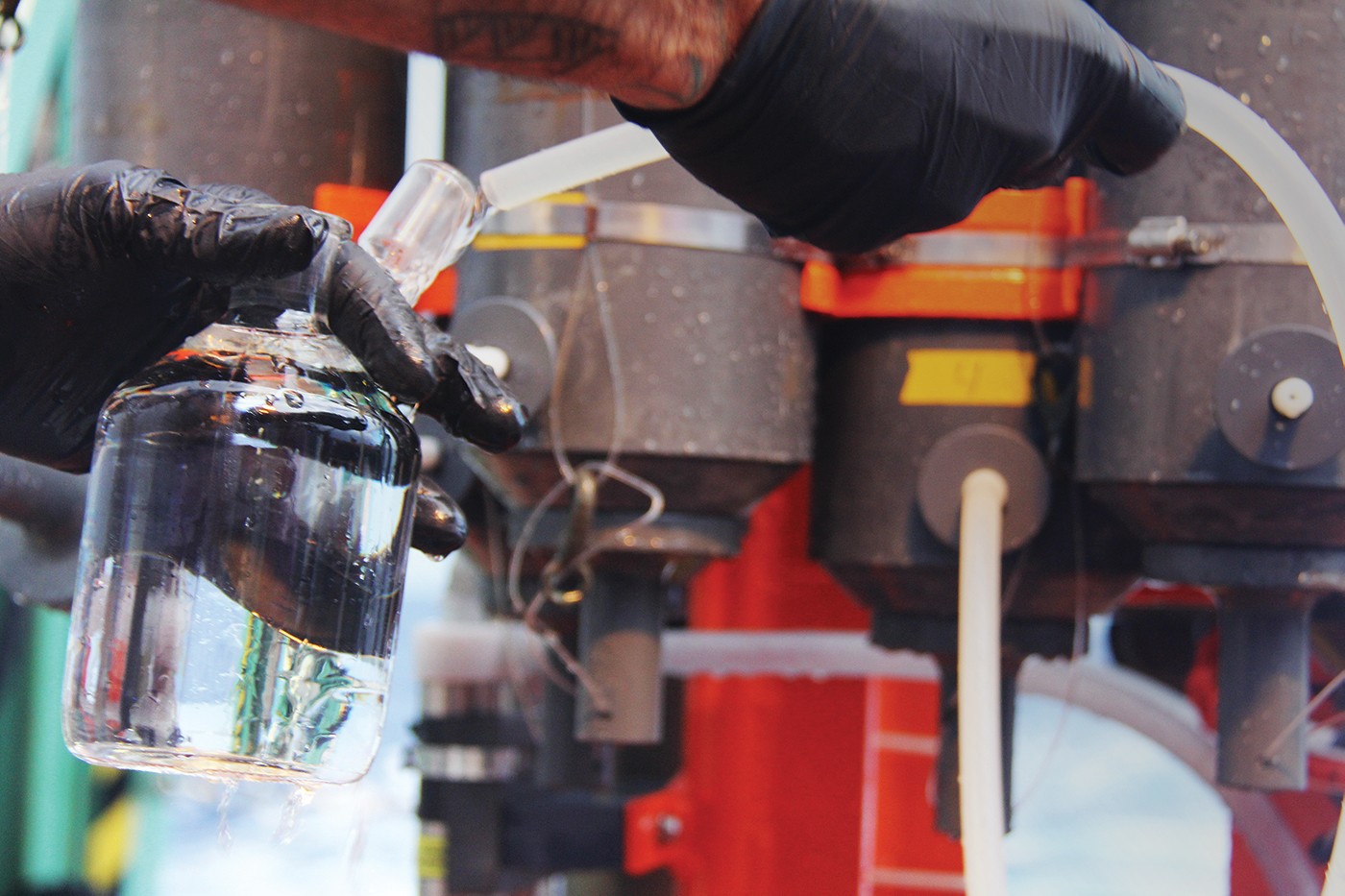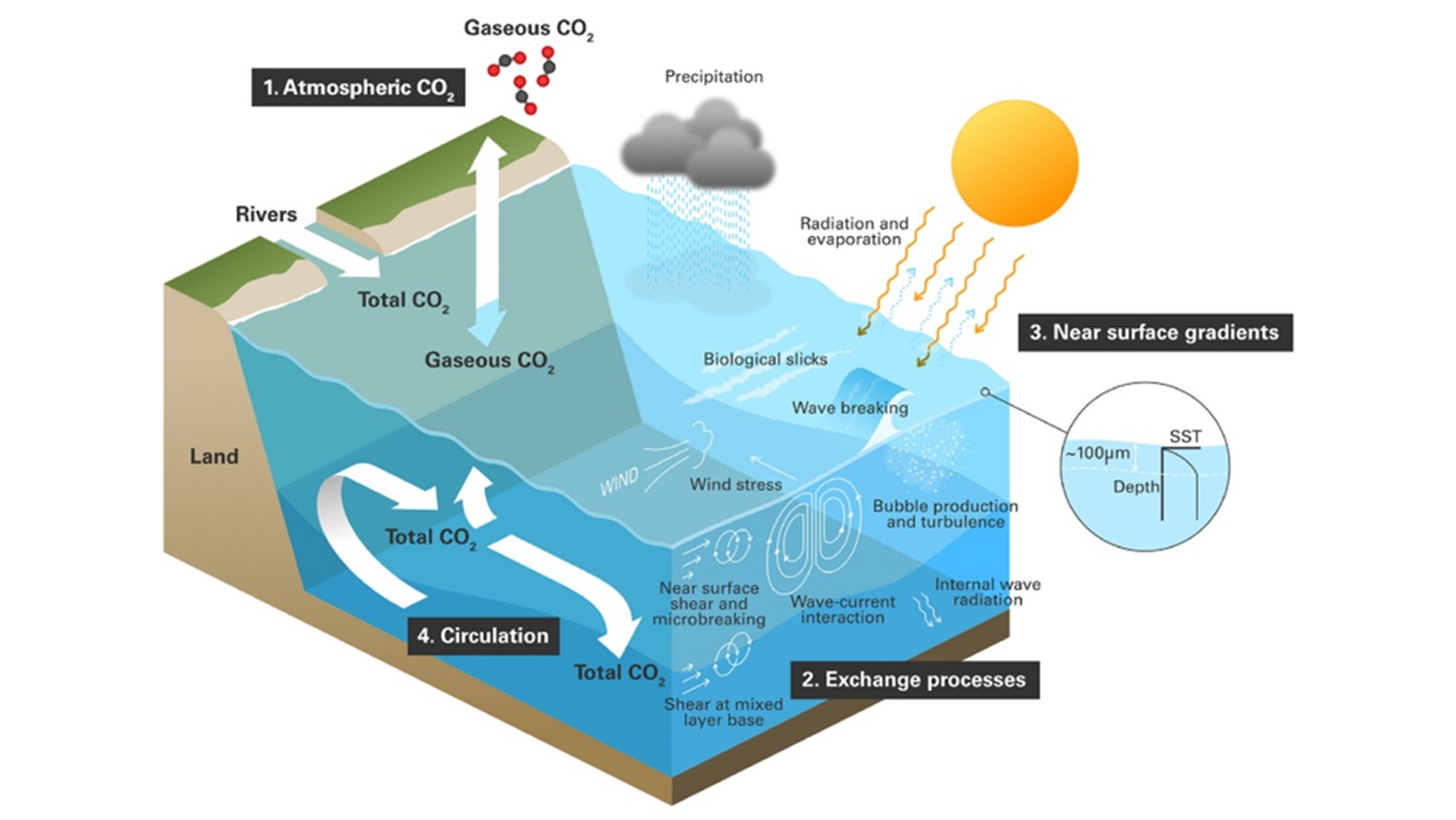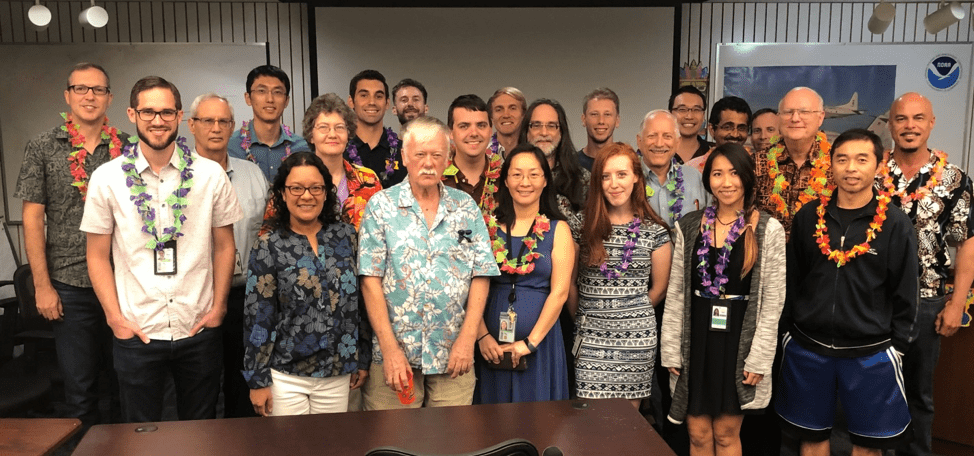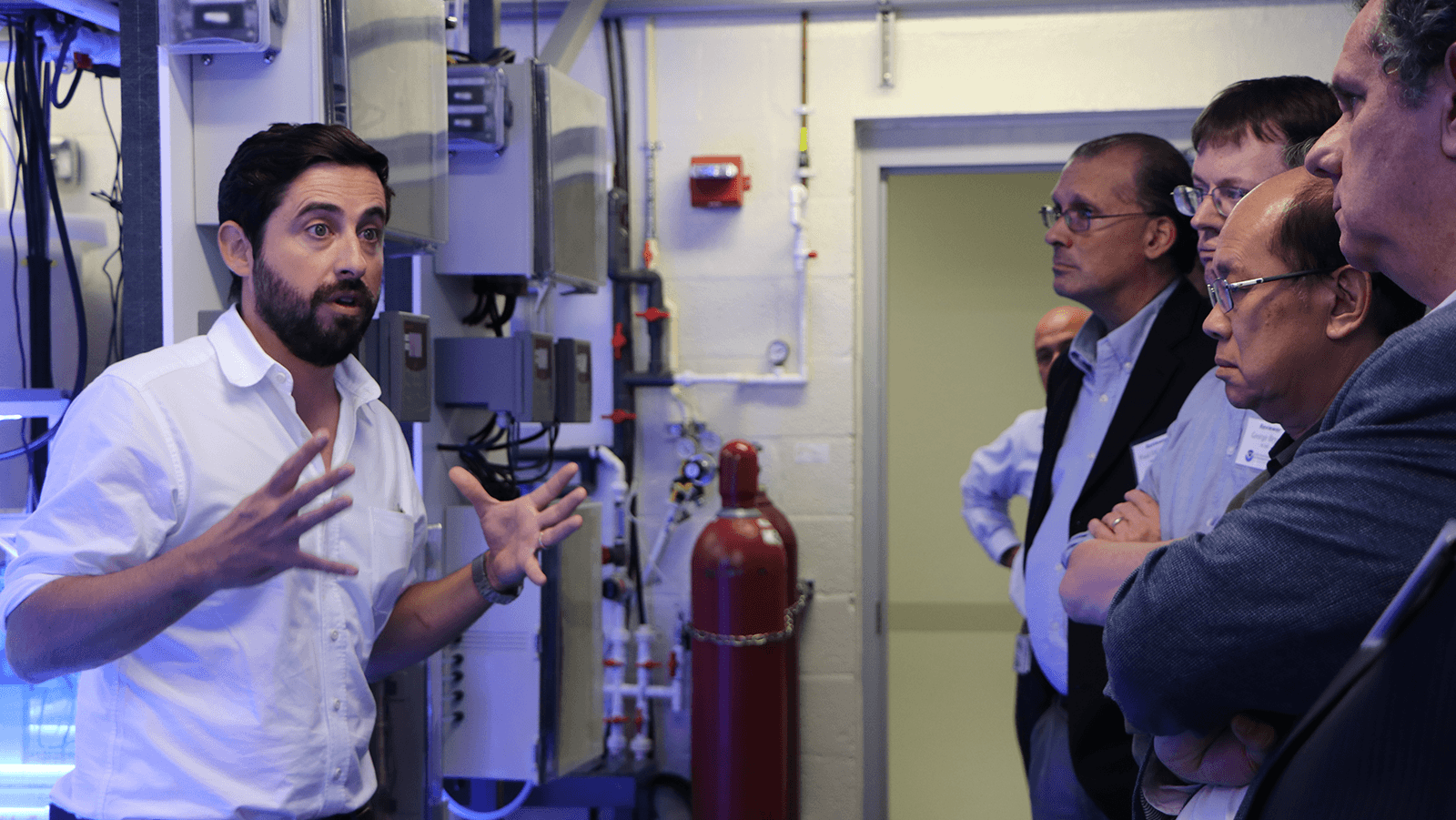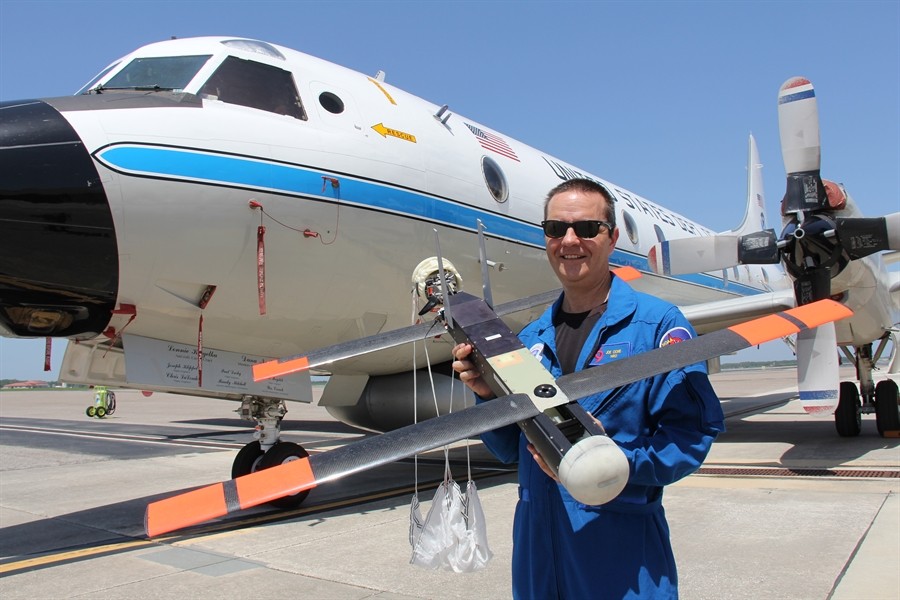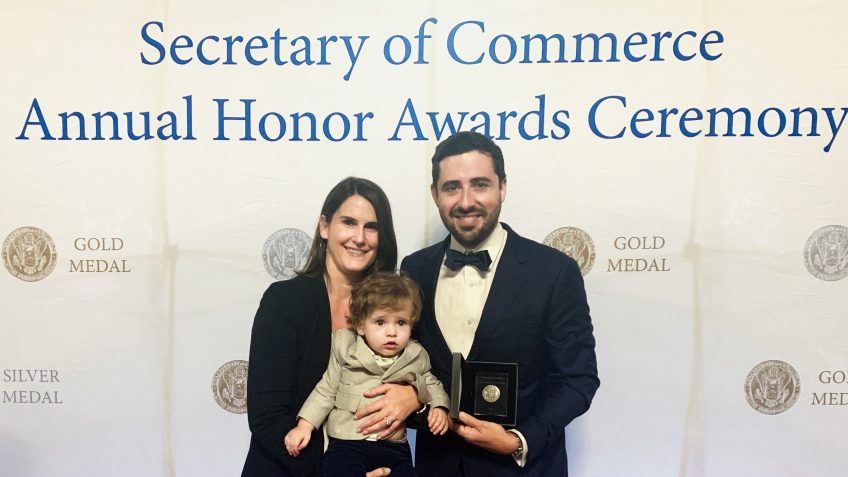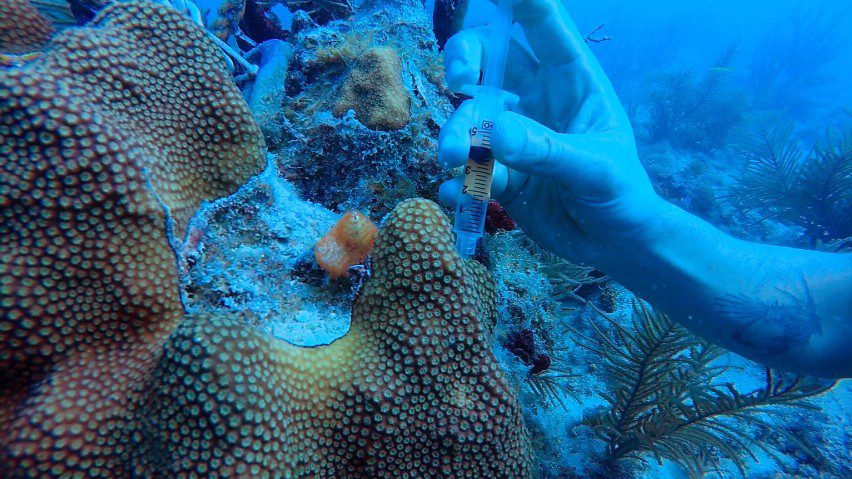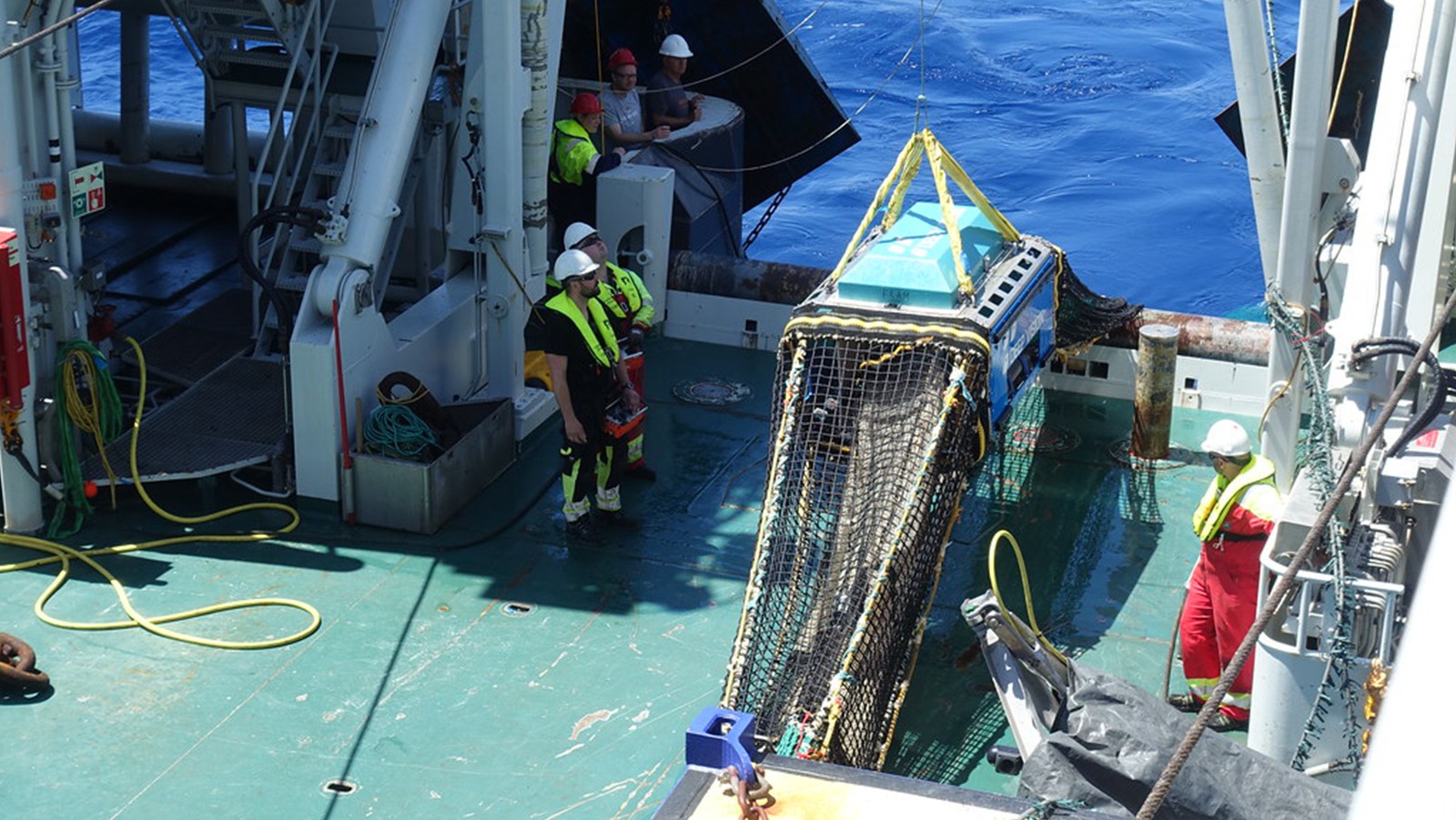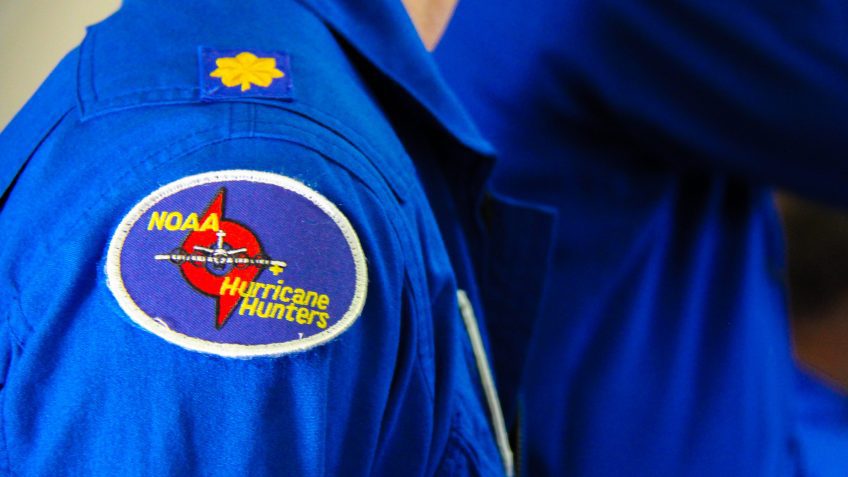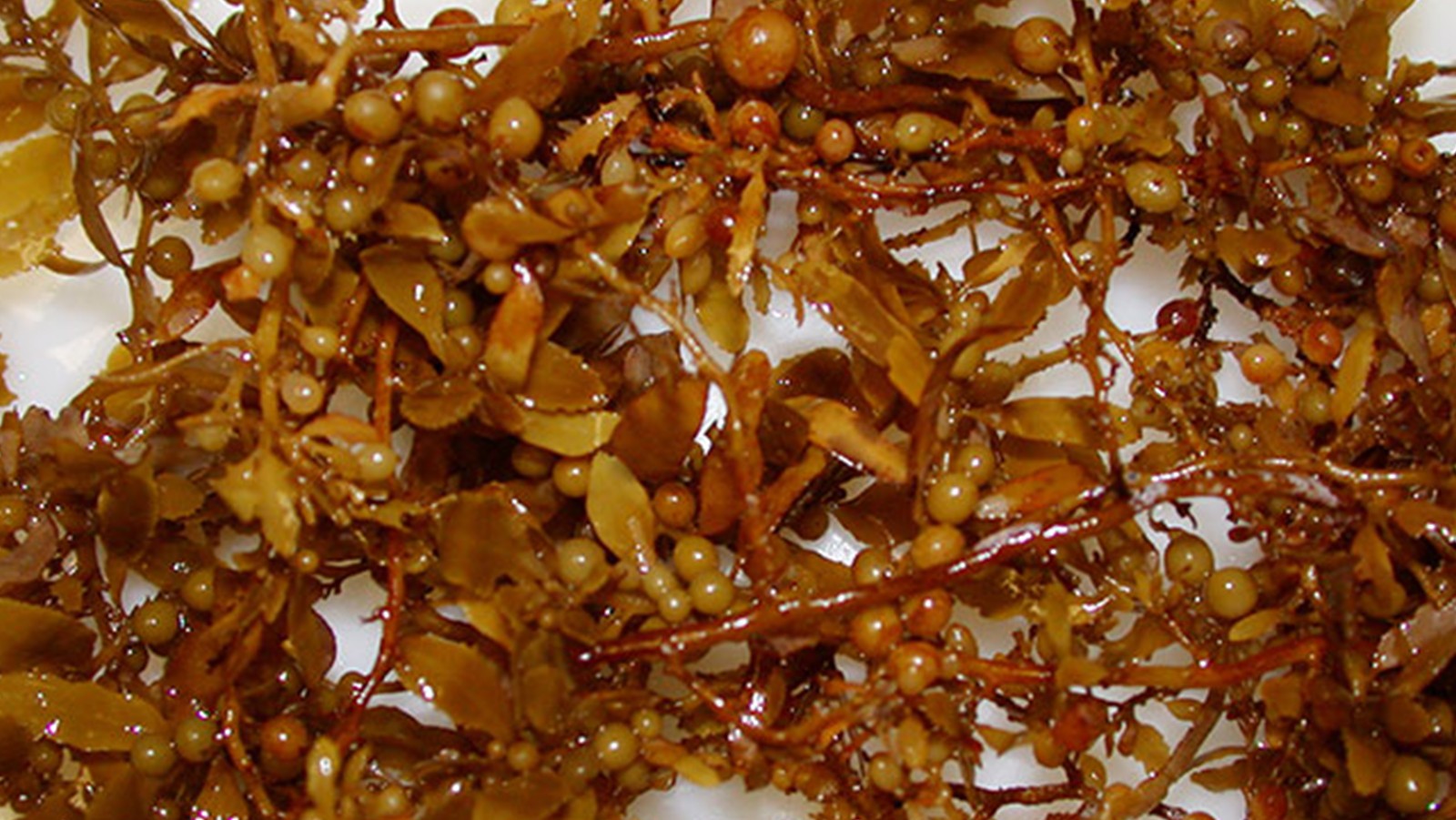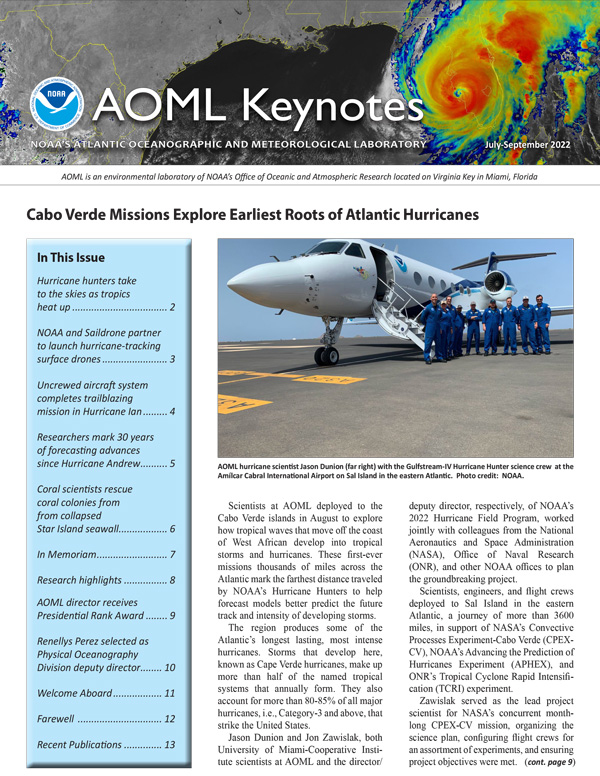AOML Contributes Ocean Carbon Observations for the Global Carbon Budget 2019
Every year the Global Carbon Project publishes an authoritative observation based Global Carbon Budget detailing the annual release of fossil fuel carbon dioxide and the uptake by the terrestrial biosphere and oceans. In 2018 the global carbon emissions were still increasing, but their rate of increase had slowed. Global carbon emissions are set to grow more slowly in 2019, with a decline in coal burning offset by strong growth in natural gas use worldwide.
